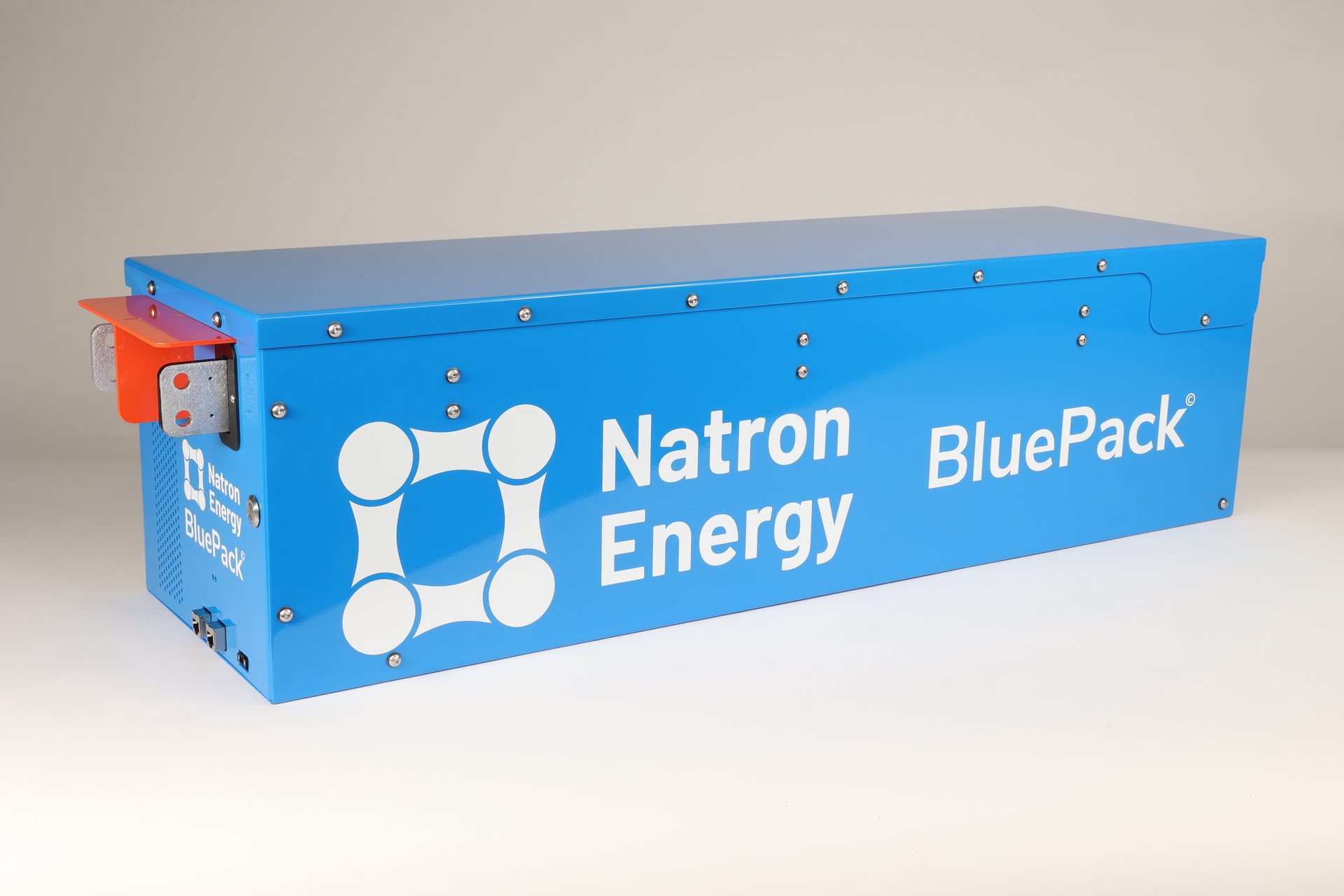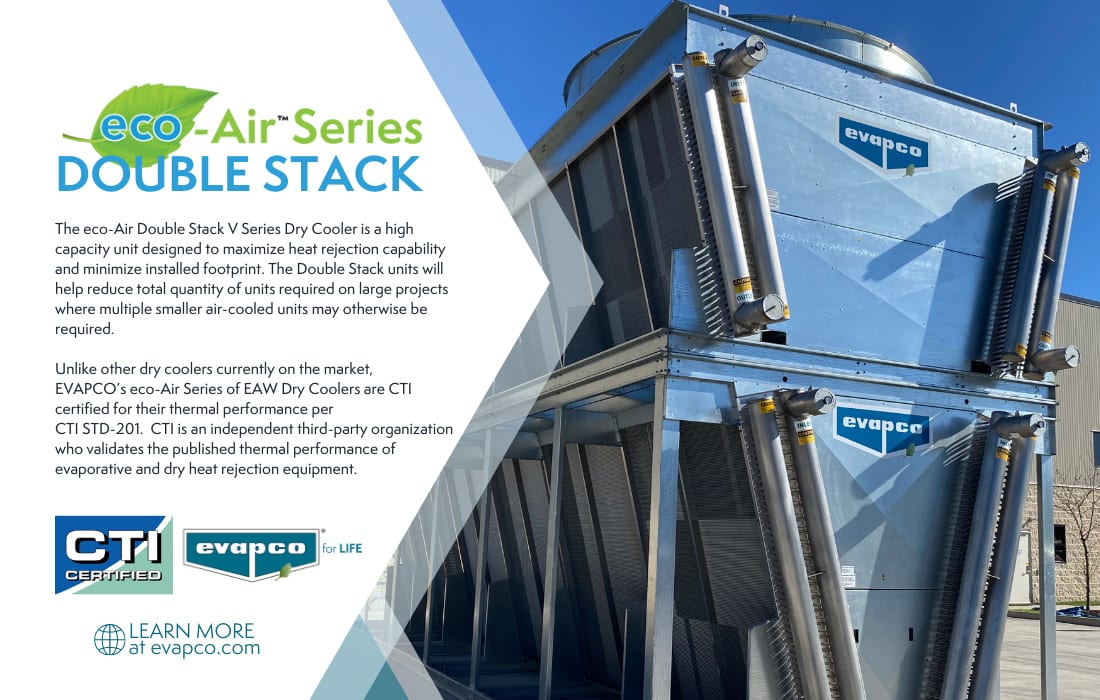Don’t get burnt by UPS battery choice
This is a massive risk for data centers
The modern data center is remarkably sophisticated, outfitted with the world's most advanced and intelligent technologies, and almost elegant in its operation. It supports countless critical applications that keep the world spinning. Yet, for backup power, it still mostly relies on what amounts to a stack of car batteries.
The traditional flooded wet-cell and valve-regulated lead acid (VRLA) batteries that back up most UPS systems have always been a necessary but clunky addendum to the data center story, and the industry has been working to replace them for years. Lithium-ion technologies have made some inroads over the past decade, but the threat of fire with those batteries and the associated onerous transportation and storage restrictions make them imperfect alternatives.
We’ve known for a long time that lithium-ion batteries have a combustion problem, with several prominent episodes with consumer products, like laptops and hoverboards. There have also been some high-profile fires with lithium-ion based energy storage systems in the past year alone. Today, the lithium-ion batteries that power the most popular electric vehicles (EVs) on the road are igniting at alarming rates, especially when exposed to less-than-ideal operating conditions, which abound in the real world.
The data center space hasn’t been exempted from the inflammatory potential of lithium-ion. In October 2022, SK C&C data center suffered a terrible fire that knocked many of South Korea’s digital services offline for days. While the fire remains under investigation, it’s expected that the center’s lithium-ion batteries ignited and worsened the fire.
Lithium-ion batteries offer some improvements over the weight, tough maintenance, and short life span of VRLA batteries, but the safety concerns, questionable raw material sourcing practices, and lack of recycling options have stunted widespread adoption. A better battery technology, which alleviates those concerns, is now available. Sodium-ion technology comes with attractive total cost of ownership (TCO), power profile, and sustainability features with no safety concerns.
Sodium-ion
In data centers, mechanical, electrical, and thermal abuse and internal short-circuits are all too common. Overcharging, operating at temperatures too high or too low, physical impacts, and more can all cause batteries to fail and, once failure happens, to begin thermal runaway. This is a massive risk for data centers (and for insurance companies that cover them).
Sodium-ion batteries are completely nonflammable and cannot be induced into thermal runaway. This means that they do not catch fire, and, if for some reason they did, they wouldn’t continue to burn and worsen a fire that risks the whole data center. In testing, not even direct flame or nail penetration caused the battery to ignite.
In fact, sodium-ion batteries are so safe, they can be shipped by ground or air fully charged. This is a major advantage, as strict regulations around transport and storage can drive real-world costs up.

The Natron Energy BluePack sodium-ion battery.
Image courtesy of Natron Energy
More powerful, more sustainable
Sodium-ion batteries can discharge their stored energy instantaneously and recharge in as little as eight minutes. What’s more, supply chain issues are not a problem for sodium-ion batteries. Sodium and materials, like Prussian blue, are so abundant that sourcing is sustainable and ethical, unlike lithium, which is a contested element already in short supply with demand expected to triple by 2025. Sodium-ion batteries can also be disposed of as universal waste at end-of-life.
A better battery technology for the future
For decades, lead acid was the only option to provide backup power for data centers. The rise of lithium-ion technology in recent years improved upon the limitations of lead acid, but lithium-ion isn’t a miracle solution and comes with significant risk.
Data centers now have a third option. Advances in sodium-ion battery technology provide reliable, sustainable backup power without fire risks. This is the sort of data center development to feel “fired up” about.
Jack Pouchet
Jack Pouchet is the vice president of sales for Natron Energy. He works closely with OEMs, telecom/data center owners and operators, BESS/ESS integrators, industrial power users, and mission critical engineering firms to help define, architect, and create opportunities for advanced battery and power technologies that improve day-to-day business and operational efficiencies. He has more than 20 years of experience, giving him a unique end-to-end perspective of the entire AC and DC power path.

[Thinkhubstudio]/[iStock / Getty Images Plus] via Getty Images

